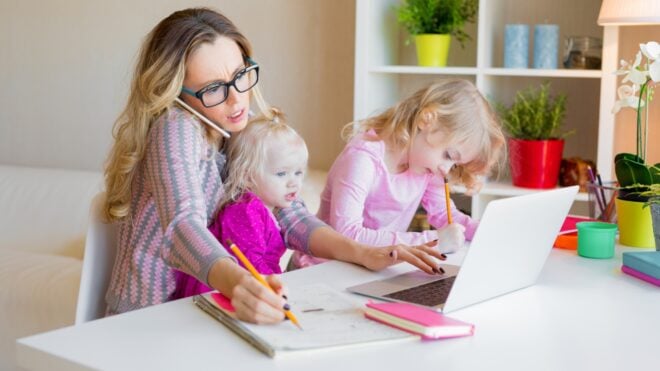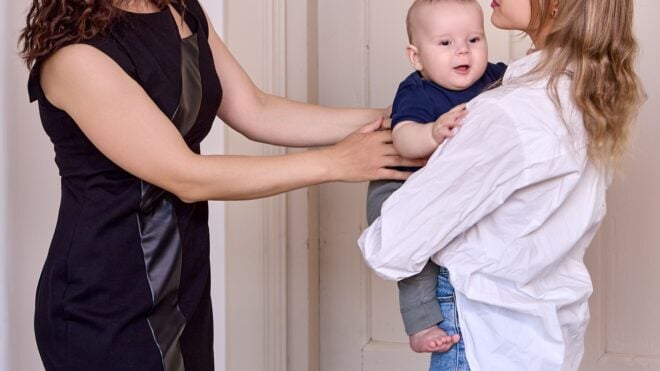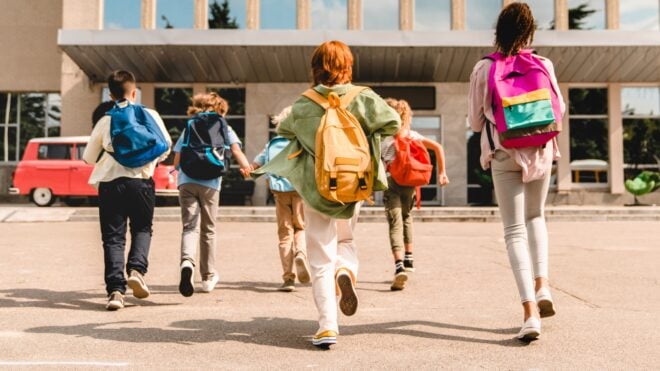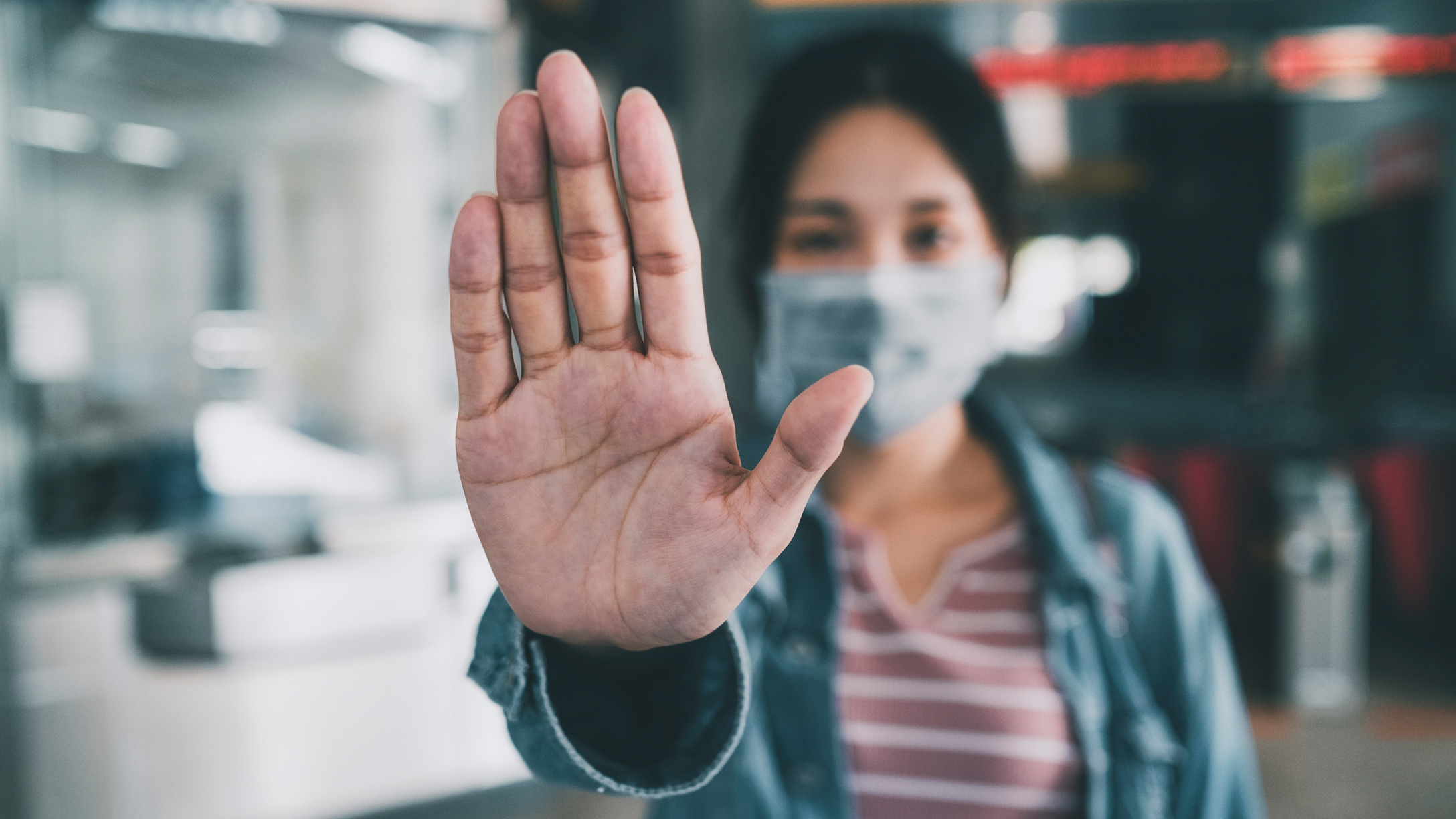
In this article
We’ve learned a lot about COVID-19 since the novel coronavirus was first discovered in the United States back in February: that as many as 40% of the people infected with the virus show no symptoms, that children can get quite ill and die from the disease.
We’ve also learned that good hygiene, social distancing, and wearing a mask are your best defense — as long as everyone does it. So why is something as simple as wearing a mask so controversial?
Why is there resistance to wearing face masks in the U.S.?

Los Angeles mom Marsha Takeda Morrison breathed a sigh of relief when her city ordered mandatory face coverings back in May. “We should have been doing it from the beginning. All of my relatives from Japan have been messaging, asking why no one is wearing masks over here,” she told Mom.com.
Wearing masks during an epidemic has been de rigueur in China and Japan for over a century, with other Asian nations adopting the practice during the SARS outbreak of 2003. This is one of the factors that may have contributed to these countries’ early success in managing the pandemic.
But in the United States, with its penchant for rugged individualism, public health orders have always been a hard sell. There were mask ordinances in some US cities during the flu pandemic of 1918, and they were met with the same kind of resistance we’re seeing from some Americans today.
How to deal with people who don’t follow the guidelines
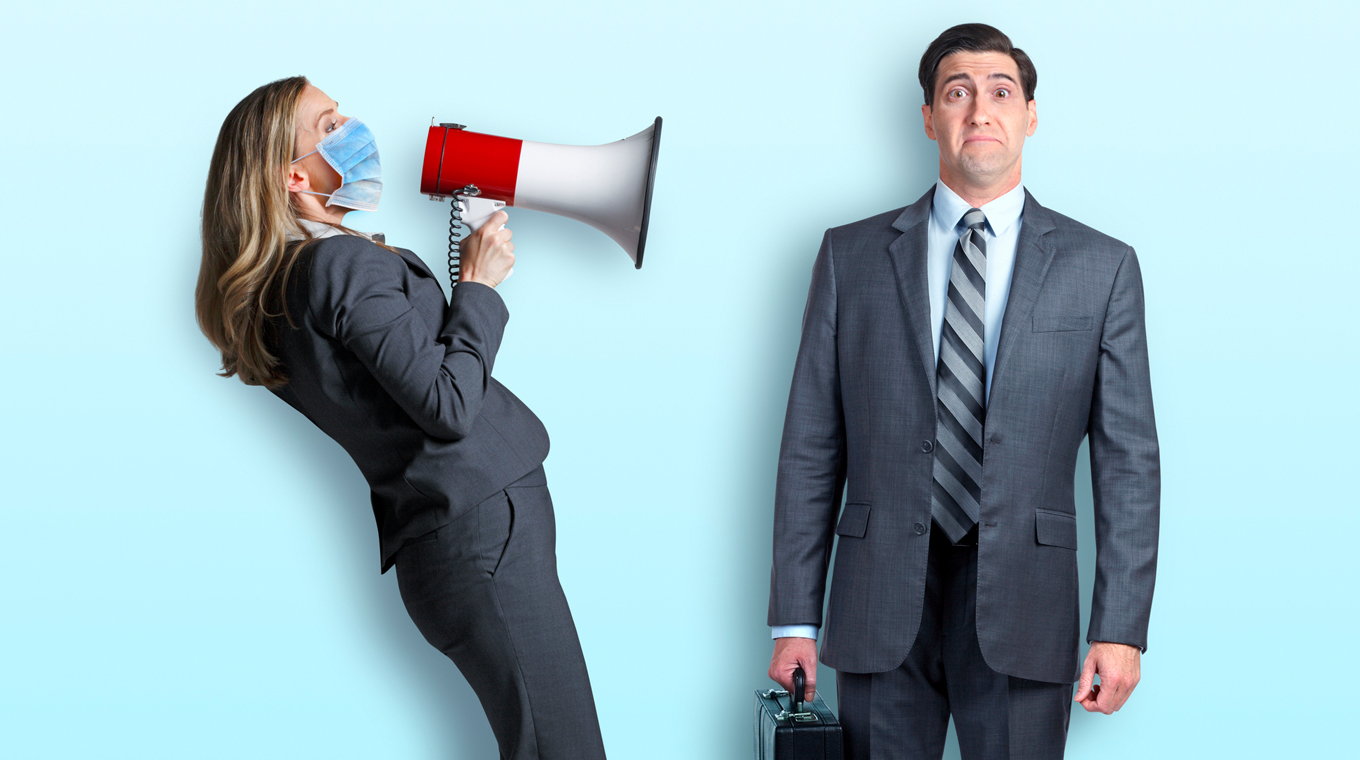
“Air horn,” joked San Francisco area mom Sarah Granger when Mom.com put the question to her. She indicated that she keeps her own distance from people who don’t cover their faces or respect the increased personal space people need to protect themselves from the disease.
Sharon W. of Dayton goes a bit farther. “Turn around. Walk away. Even if it’s a person you recognize. Even more so if it’s someone you know,” she told Mom.com. “The evil eye helps too. Do not engage. It’s not worth your health.”
Sharon is a hospital worker, and describes herself as a “mask preacher.” She sometimes hands people who won’t cover their faces printed copies of a meme that the singer Pink posted on Instagram after she contracted COVID-19. It reads:
“I am a COVID-19 lockdown protester. I hereby refuse all medical treatment for this illness, since I knowingly took risks against medical advice. Since I endangered the public by my actions, I also agree to cover all expenses incurred by those I have infected and have authorized my estate to cover those same expenses after my death.”
Strangers you cross on the street and in the supermarket are one thing. What about when the folks who are your friends and family choose to ignore the guidelines — or persist in thinking the threat is overblown?
If you’re invited to an event with friends or family that you feel you really must attend, talk to the host and evaluate the risk ahead of time: find out how many others will be in attendance, if it will be held outdoors, and what precautions they’re taking to ensure everyone’s health and safety. If you decide it’s too risky, let them know that you’re not yet comfortable enough to join in.
“It’s easy to go to a place of desperation and fear when you see someone not wearing a mask or going against the recommendations,” etiquette author Lizzie Post told the San Francisco Chronicle. “Our brains can want to punish or shame people who aren’t following the rules. That never gets people on your side. The thing you can do is control yourself and do everything you can to protect yourself.”
Social distancing along with face masks can help stop the spread of the virus

But even 100% compliance with mask guidelines would not be enough to curb COVID-19 infections. Social distancing] is just as important. According to the CDC, “Social distancing, also called ‘physical distancing,’ means keeping a safe space between yourself and other people who are not from your household.”
That means staying a minimum of 6 feet away from other people who are not from your household in BOTH indoor and outdoor spaces. (As we now know, the virus can be carried quite a long distance by aerosols).
But no matter how diligently you follow public health guidelines, there seems to always be someone who doesn’t take them seriously: From that person crowding you in the check-out line to a boss or co-worker who insists on getting too close. There are even reports of friendships breaking up over this issue.
“We’re all feeling increasingly irritable and frustrated, lonely, anxious, and bored,” clinical psychologist Mirian Kirmayer told The Atlantic. “So we then have less patience for those around us. This is obviously true in romantic relationships; we take out our frustrations on the people that we’re closest to, because we have a certain level of felt security. To some extent, that can also happen in friendships.”
Kirmayer suggests that treating friends with empathy can go a long way towards preserving your relationship during this time — and trying to find out exactly why they feel so resistant can be a way to help them help themselves.
“Gestures such as sharing a FaceTime cooking session, making a cloth mask for someone, or sending a link to an at-home haircut or hair-color video tutorial could go a long way. In a pandemic, everyday life is harder by an order of magnitude because people can’t physically be together. But we can try to metaphorically meet our friends where they are,” she said.

